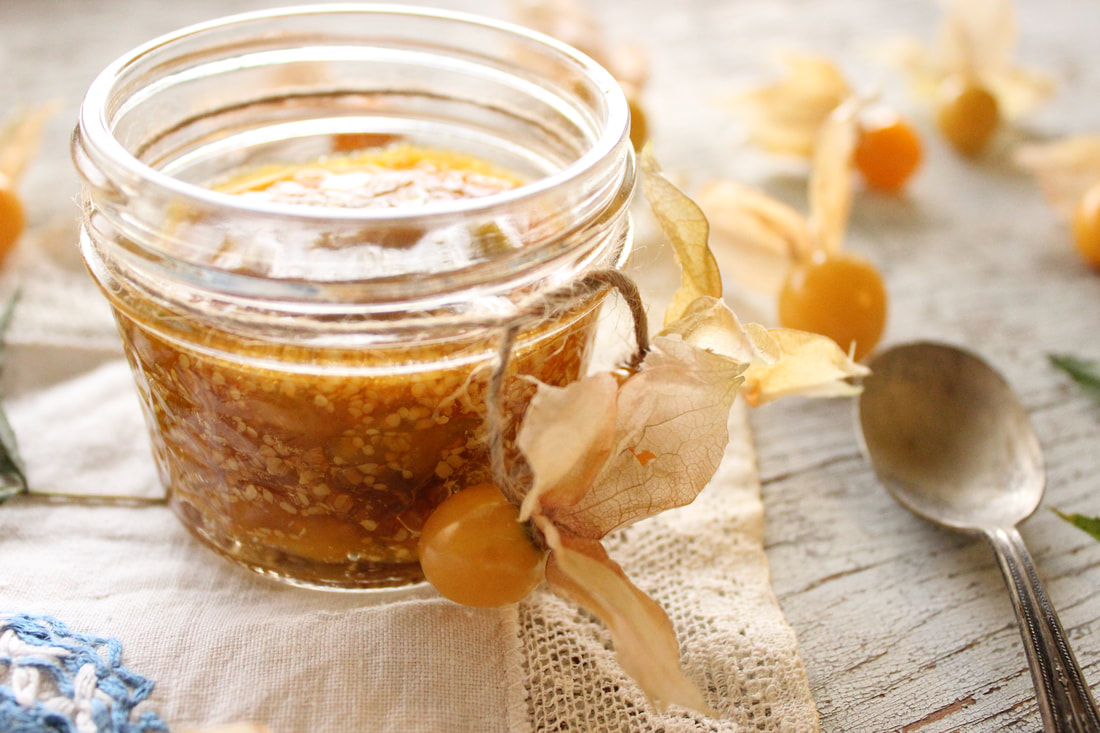If you're looking for something natural and free, be sure to visit one of these gardens and parks in Seville.
If you visit only one park in Spain, Maria Luisa Park is it. The vast complexity of the interconnections between nature and architecture is mind-blowing. You'll discover everything from flowered vintage trellises to a patch of fallen oranges basking in the sunlight. The architectural elements from elegant gazebos to the prominent Plaza de España, discover a piece of Seville history. I spent wandered for two hours in the park, and discovered only a piece of the park. If hungry, eat at the adjacent Bar Citroen cafe as depicted in my recent "Favorite Restaurants & Cafes in Seville."
Between the ancient Alcazar wall and Paseo de Catalina de Ribera, is the Jardines de Murillo. In late May and early June, pink petals gently sway in the wind falling alongside ceramic benches and water fountains. Named after the 17th century Sevillan painter Murillo, discover various monuments, including the notable Christopher Columbus statue.
Adjacent to Parque de Maria Luisa is another city park, containing tree-lined pathways, wrought-iron benches and manicured lawns. It's the perfect park for a late afternoon sachet in the shade or relax at Epheta for a beer. The Prado de San Sebastian is also located here. Somehow it is impossible to discover the real name of this park, but is located across from Maria Luisa on Av. Portugal.
Jardin de Cristina
Nearby the Cathedral and Alcazar is Jardin de Cristina, a poetically-romantic Spanish garden. Built in 1830 in Puerta Jerez, the park is named after King Ferdinand VII's second wife, Maria Cristina.This small triangle-shaped park is well landscaped and a nice space to relax, though not nearly as impressive as the other major parks in town.
A must in Seville, Real Alacazar is a place not only to discover lush gardens, but to revisit Sevilla's history. This is one of the oldest palaces left in the world, and an authentic representation of the southern Mediterranean battle between the Moors and the Christians. Constructed began in 913 by And Al Ramn III, and throughout it's history, Real Alcazar experienced several architectural face lifts throughout time. While inside you'll discover precious moments of flora and fauna, but highlights include Mudéjar and Patio de las Doncellas.
Beyond tile-lined benches and tree-lined footpaths, experience a variety of artifacts and paintings in the indoor museum. A small cafe with outdoor seating is also available.
Jardines de Buhaira
Located on Avenida de Buhaira, is another Moorish style garden. The park features The Buhaira Palace, an architectural wonder that dates back to the 12th Century. The park is more of a concrete jungle as compared to other parks that contain lush flora and fauna. Although impressive, I recommend the first four parks being on the top of your list.
Jardines de las Delicias
This park is an extension of Parque de Maria Luisa, nearby the river and adjacent to the aquarium. The park's main highlight are the sculptures dotted around the manicured lawn. The park is near the road so expect street traffic noise. I recommend spending ample time in Parque de Maria Luisa and exploring this park only if you have time.
If you have limited time I suggest spending time at Maria Luisa Park, Real Alcazar and Murillo Garden.
What's your favorite park in Seville?
This Lemon Tree article is now featured on GPSmyCity. To download this article for offline reading or travel directions to the attractions highlighted in this article, go to 7 Must Visit Parks in Seville, Spain.










 RSS Feed
RSS Feed